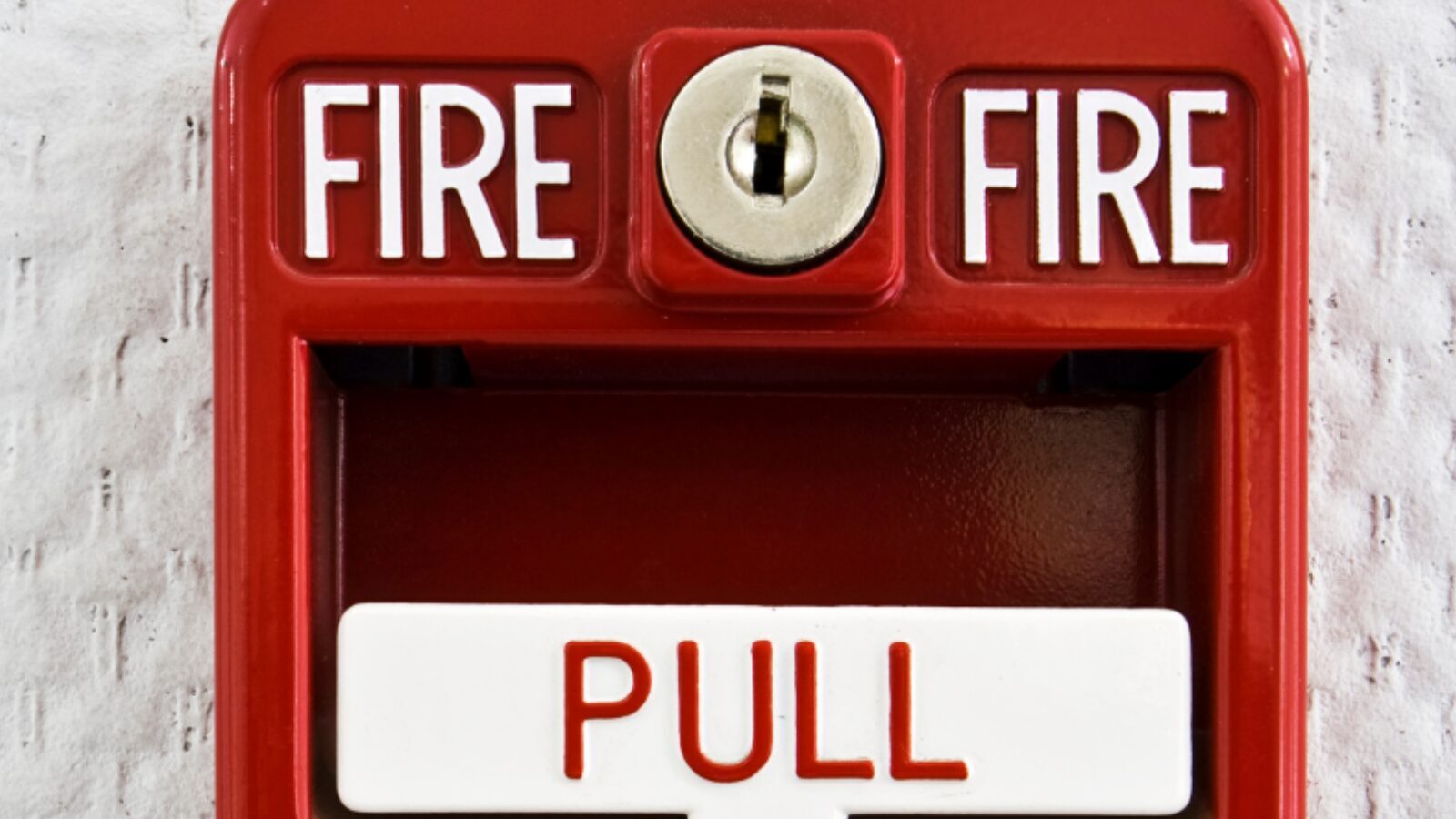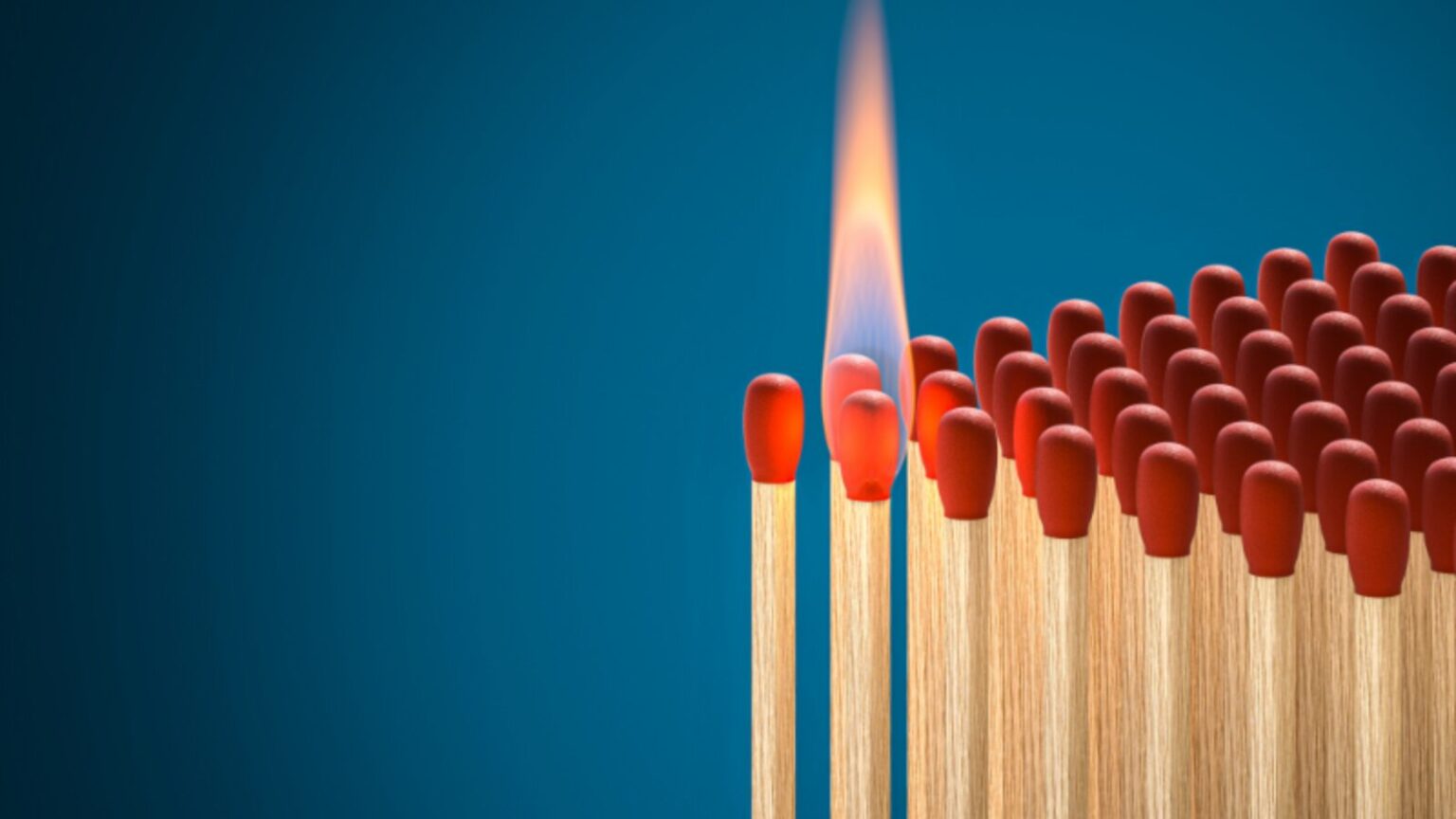This part of the article aims to answer the question: Can pain be therapeutic? For this purpose, we will compare two completely different ways of manual work on myofascial trigger points - Painless - the concept of painless work in this way is passed on and propagated, among others, by deep tissue massage therapists or osteopaths - e.g. through progressive pressure or positional relaxation, which are painless. Painful - working model with trigger points in medycynie manualnej R. SkładowskiegoBased on ischemic compression and functional techniques.
When working with trigger points, it is painless to work relatively gently - using e.g. positional relaxation (an equal sign was put between trigger and tender point after L.Chaitow Techniques of Positional Relaxation). This method is used to reduce pain during therapy. Pain during therapy is considered bad. Theoretically, it leads to the stimulation of the sympathetic nervous system. It is considered to be stress, which causes, among other things, stimulating the adrenal glands to secrete glucocorticoids - which is quite unnecessary and harmful. Of course, this group of hormones is very harmful in excessive amounts and is the bane of the 21st century. Pain is not something patients/people/living creatures generally like. If you can do something painlessly, why not do it this way? Undeniably, it is logical and, above all, useful.
The concept of Manual Medicine by Radosław Składowski
However, according to the concept of Manual Medicine by Radosław Składowski, the above assumptions are partly incorrect. Trigger point - where there is very high allodynia and reactivity to the stimulus. A place where gentle pressure causes a lot of pain is what the body needs. On the other hand, the pain itself and the cessation of pain - spontaneous, is of a tension-releasing nature (psychological and myofascial understood in two ways).
In the debate on the concept of work in the pain-releasing theory, one can also use the concept of self-aggression as a way of coping with stress. A large proportion of people who injure themselves give reasons such as relieving tension or coping with difficult or negative emotions as the motive for self-injury. Self-aggression is treated as a form of coping with psychological stress. It is not considered only as a problem in itself - someone self-harms - but as a way to fight the problem, which is to reduce tension - help.
The above example, while extreme, illustrates the idea that pain does not activate the sympathetic nervous system - at least not in this way. People with depression have vegetative symptoms and elevated levels of glucocoticoids. Therefore, causing yourself pain - which is supposed to cause the release of even more stress hormones - would not make sense.
Theories in favor of pain therapy include: endorphin theory. Under the influence of pain - irritating stimuli, there is an increased production and level of endorphins in the blood and cerebrospinal fluid. Nociceptor irritation activates the descending nociceptive system in the dorsal horns of the spinal cord, leading to increased opioid synthesis in the pituitary and arcuate nucleus of the hypothalamus
Returning to the emotions that are directly related to the points, they must have an outlet: be shouted out, expelled from us in an emotional form. Of course, if this is the case and the patient needs it. In this case, without pain catharsis, the therapy will not be complete. Catharsis means purification. Pain acts as a purifier - release from suffering, removal of blocked tension, suppressed emotions. It is a form of throwing out of us emotions related to the place being developed. Therefore, pain caused by stimulation of hyperalgesic sites can be a therapist in itself. Not so much during its duration, but at the moment of release of the ailment - when during compression the point ceases to be painful.
Summary
Na sam koniec chciałbym nadmienić, że każda terapia powinna być dostosowana do pacjenta. Są pacjenci, którzy tak jak wcześniej wspomniano potrzebują tego bodźca bólowego aby odczuć ulgę. Są też tacy, którzy go nie potrzebują, a terapia bez bólu miałaby dużo lepszy wpływ. Nie wszystkie punkty spustowe będą miały podłoże psychosomatyczne. Nie należy umniejszać żadnej z metod/technik postępowania. To technika ma pasować dopacjenta, niepacjent do techniki.
Celem tego artykułu, bardziej niż deprecjonowanie rozluźniania pozycyjnego i innych bezbolesnych technik jest uzmysłowienie czytelnikom, że ból może być pomocnikiem w terapii. Rozpowszechniony jest pogląd, że ból w terapii jest zły i najlepiej jakby go nie było. Robić należy wszystko bezboleśnie. Szczególnie jest to wpajane w głowy na studiach fizjoterapii. Nie jest to do końca prawdą.
Stay open-minded.





